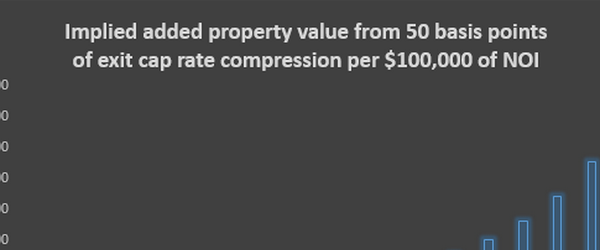If you must tap your home’s equity for projects or life’s surprises – be prepared.
Braces. A leaky roof. College tuition. Planning for life’s surprises is often difficult. Many of us all too often find ourselves in need of emergency funds or a means of financing life’s major expenditures.
Before we dive into the options, let’s explore whether you should even consider tapping into your home’s equity. I won’t go into all the reasons why you should NOT tap the equity of your home. I’m sure you have already resolved to generate the cash from some form of debt. However, be honest and ask yourself, “Do I really need to take on this expense now? Can I afford the additional debt burden? Will I truly pay this off as quickly as possible?” If you answer no to any of these, I urge you to visit our savings and investing pages. Still here? Ok. Let’s talk about the options…What options are available?
Two of the primary loan options available to borrowers include a Home Equity Line of Credit and a Home Equity Loan.
A Home Equity Line of Credit (“HELOC”), as the name suggests, is a credit line with a lending institution that is extended to a homeowner who uses their home as collateral. Once the homeowner and the lender contractually agree to a maximum loan amount, the homeowner may draw down on the line of credit at his or her discretion. Interest is charged based on a predetermined variable rate, which is usually based on the prevailing prime rate. Interest on borrowed amounts is due monthly as long as there is a balance on the line. The homeowner can typically determine the repayment schedule, as long as the minimum payment to cover the interest is paid each month. The term of a HELOC can last anywhere from less than five to 20 years or more, at the end of which all balances must be paid in full.
In contrast, a Home Equity Loan (“HEL”) is fixed the second mortgage where the lending institution provides the borrower with a lump sum loan of money to be repaid with interest over a specified interval, typically ten to fifteen years. The interest rate is fixed for the duration of the loan, meaning the borrower is obligated to pay a fixed amount of principal and interest to the lender on a monthly basis. The line of Credit or Loan? Which is better?
Deciding between a Home Equity Line of Credit and a Home Equity Loan is an important decision, one that should not be taken lightly. Both lending products are second mortgages that use the equity in your home as collateral to secure the repayment of the debt.
Which product is right for you will depend on numerous factors. As your unique circumstances are the sole determinant of which product if any, is right for you, here are some things to consider each option.
Is your goal or need a one-time predictable expenditure with a specific end result. An example is an addition to your home that is expected to increase the market value. If you have a firm budget for the project, a fixed loan may be the way to go. The benefits in this scenario are that you will have a fixed principal and interest payment that will not change if interest rates rise. On the flip side, the borrower must be certain that they can afford that fixed payment every month for the duration of the loan.
If your goals are less defined or you require more flexibility in repayment, a HELOC may be more appropriate. However, a HELOC is an adjustable loan. If interest rates rise, so will your payment. Also, you must resist the temptation to only make payments that cover the monthly interest.
It is suggested that you discuss your specific needs, goals and financial situation with a knowledgeable professional before deciding upon an equity loan. Other considerations…
In addition to the type of loan, there are several other factors to consider when deciding upon your financing approach. Either type of loan may be deductible on your federal income taxes. To be certain, you may want to consult a tax professional before you pull the trigger on the financing.
It is important to fully understand any fees and penalties that may be associated with the origination, maintenance or pay-off of the loan. Many lenders offer loan products with no upfront fees to the borrower, which could include origination costs, property surveys, credit applications, and other fees. If you think there is even the remote possibility that you may sell the property or refinance the debt at some point, be careful not to select a loan or a line than that has a pre-payment penalty.





































Comments